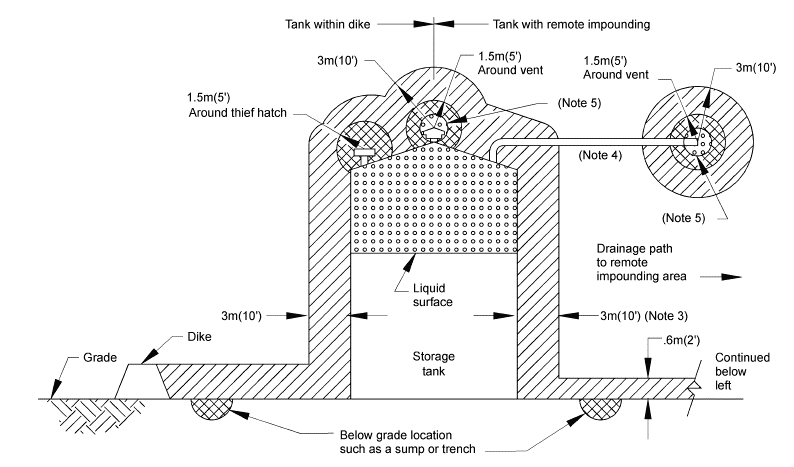rocketscientist
Chemical
- Aug 19, 2000
- 86
I work as a consultant for a pharmaceutical company that regularly allows their operators to access purged vessels. I was wondering if someone had come across an estimate for establishing a rough zone around an open manway. I am thinking of requiring SCBAs for this type of work but they do it so often it worries me.
Any thoughts?
Any thoughts?

